San Sebastián de La Gomera sits quietly on the map, but its role in world history is anything but small. This was the final European port where Christopher Columbus prepped for his 1492 voyage to the Americas.
Locals say Columbus did more than just stop here—he gathered supplies, made last-minute plans, and probably prayed for luck before sailing off into the unknown on September 6, 1492.
Wandering through San Sebastián today, I felt Columbus’s presence in the narrow lanes, old stone buildings, and the landmarks that watched him leave over 500 years ago. The island even picked up the nickname “Isla Colombina” to honor its famous visitor.
People here love to tell you that America’s first sip of water came from La Gomera’s wells.
As I explored this sleepy port, I realized the place holds layers of history that go way beyond Columbus’s journey.
Ancient fortresses, timeworn churches, and a natural harbor all tell stories. San Sebastián lets you walk right into the footsteps of one of history’s boldest journeys, but you also get the authentic culture and wild beauty of the Canary Islands.
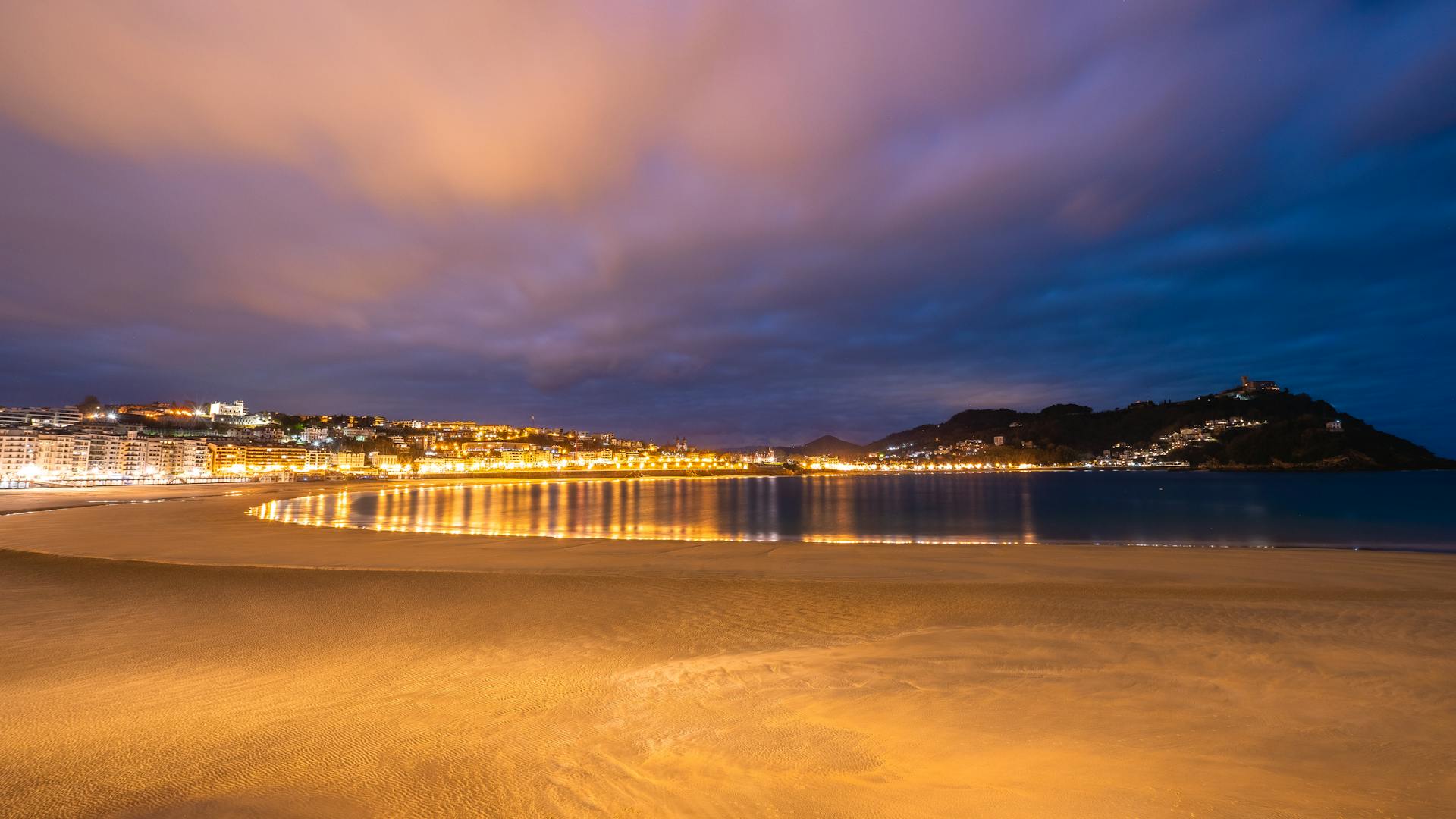
Columbus’ Historic Sojourn in San Sebastián de La Gomera
Christopher Columbus arrived here on August 9, 1492, during his first attempt to find a western route to the Indies. That month in San Sebastián turned out to be crucial—he needed repairs, supplies, and a moment to gather his nerve.
Events Leading to Columbus’s Arrival
Columbus and his three ships—the Niña, Pinta, and Santa María—set sail from Palos de la Frontera in Spain on August 3, 1492.
They headed southwest, aiming for the Canary Islands. La Gomera’s natural harbor in San Sebastián stood out as a practical choice.
Columbus already knew the Canary Islands from earlier trips. He trusted San Sebastián to provide what his fleet needed.
The ships dropped anchor in the bay on August 9th. Sailors had been using this protected spot for centuries.
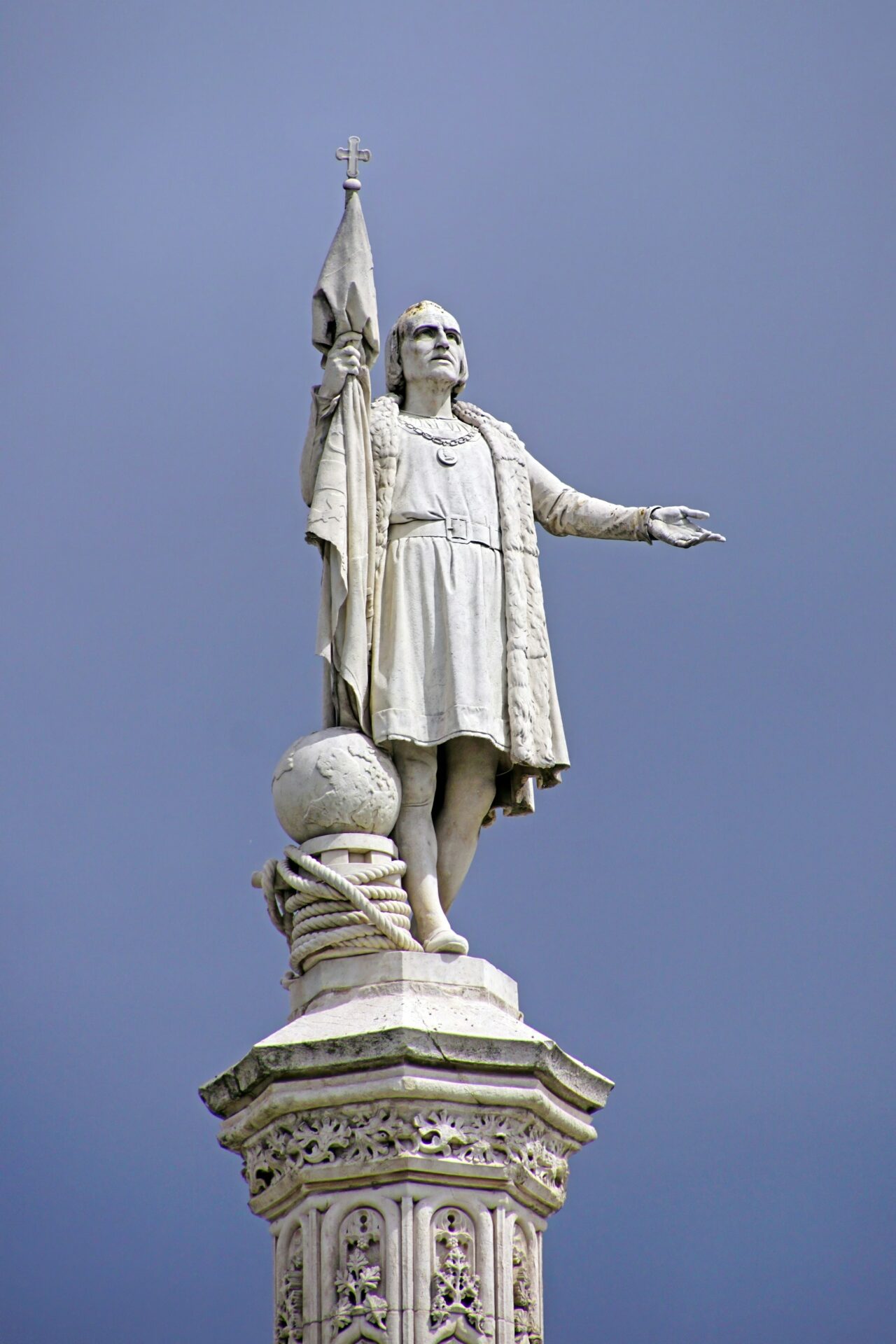
Columbus’s Preparations Before Departure
Columbus spent almost a month here, making sure everything was ready. His crews fixed the ships and loaded up on essentials for the long crossing.
Key preparations included:
- Fixing the Pinta’s stubborn rudder
- Stocking up on fresh water and food
- Recruiting a few extra hands
- Checking his navigation plans one last time
He stayed in what’s now called Columbus House in the heart of town. This 17th-century building marks where he spent his last nights in Europe.
Columbus prayed for his voyage at the Iglesia de Nuestra Señora de la Asunción. The church still stands in San Sebastián’s old quarter.
On September 6, 1492, Columbus and his fleet finally left La Gomera. They sailed west, straight into the unknown.
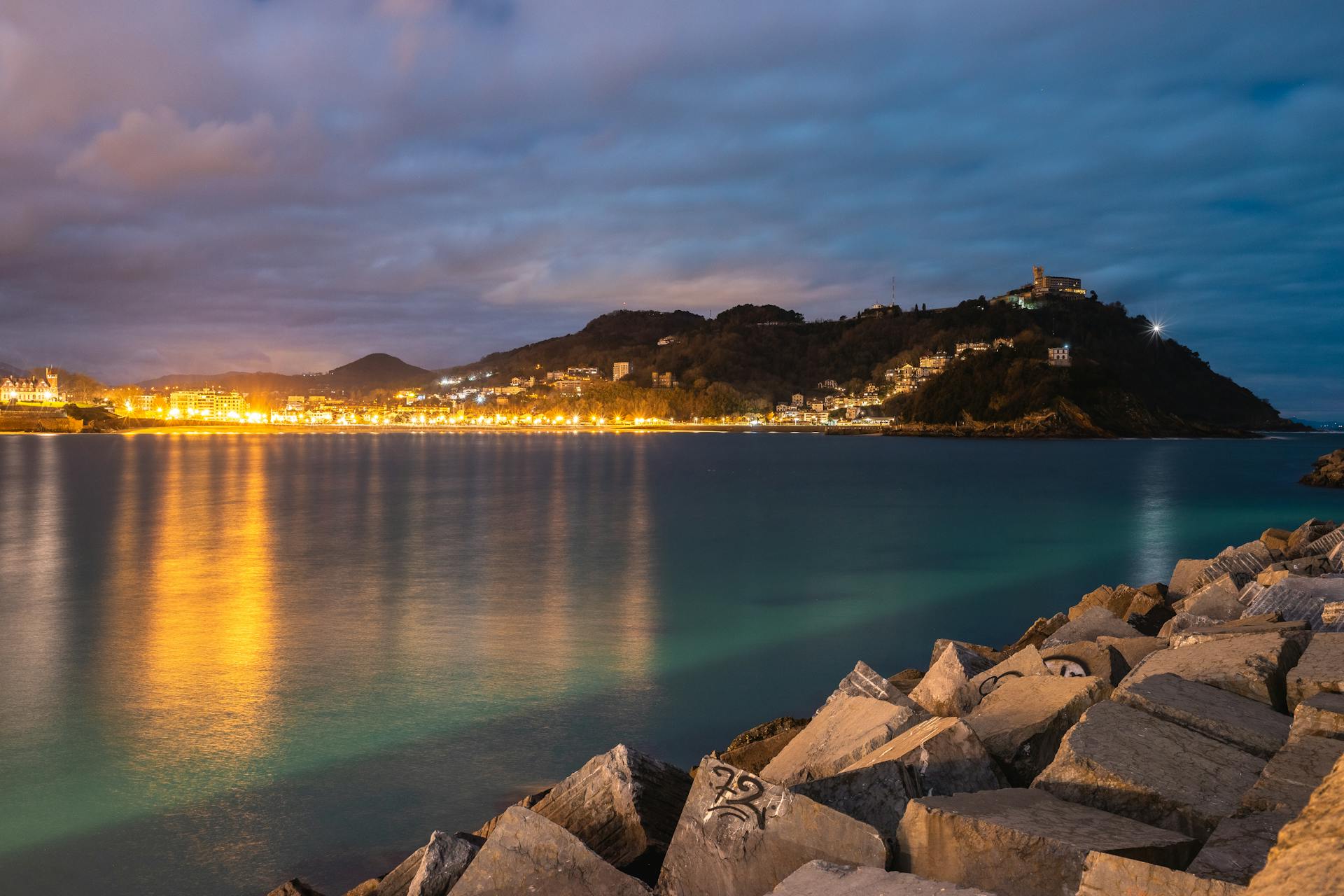
Significance of Columbus’s Stay for La Gomera
Columbus’s departure from San Sebastián made La Gomera the last bit of Europe he touched before America. That’s how the island got its “Isla Colombina” nickname.
The town’s coat of arms even proclaims, “From here, Columbus set out.” People here celebrate their brush with world-changing history.
Visitors can retrace Columbus’s steps in the old town. The Casa de Colón museum displays artifacts from his journeys and pre-Columbian art.
La Gomera’s 9,000 residents take genuine pride in this legacy. Tourism centered on Columbus helps keep the local economy afloat.
The island carefully maintains sites linked to Columbus—like the church, the old well, and the customs house where he logged his ships.

Landmarks Tracing Columbus’ Footsteps
San Sebastián de La Gomera is dotted with landmarks marking where Columbus got ready for his adventure. You can actually walk where he walked during those last days in Europe.
Casa de la Aguada: Columbus Heritage Museum
Casa de la Aguada quickly became one of my favorite Columbus sites in town. This 17th-century building supposedly hosted Columbus during his stay.
Its cream-colored walls and wooden galleries ooze that old Canarian charm. Walking inside, you get a real sense of what the era felt like.
Museum Highlights:
- Pre-Columbian pottery collection
- Chimú tribe artifacts from South America
- Historical displays about Columbus’s voyages
- Traditional Canarian house design
I was especially drawn to the pottery from the Chimú tribes. These pieces, crafted between Ecuador and Lima from the 11th to 15th centuries, show incredible detail.
The building acts as both a historical site and a cultural hub. Visitors get a glimpse of Columbus’s connection to La Gomera and the island’s role in his legendary trip.
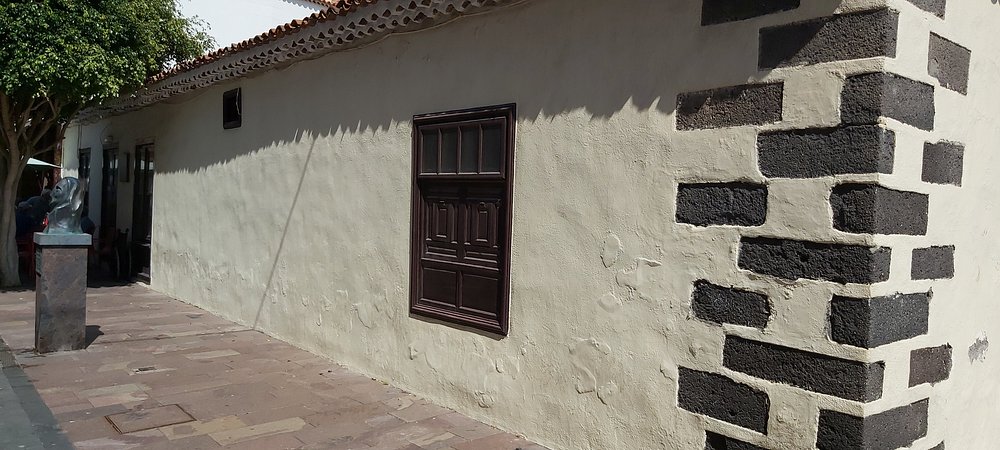
El Pozo de La Aguada: The Well of History
El Pozo de La Aguada is the well where Columbus and his crew filled their water barrels before heading west. It’s just a simple stone structure, but it played a massive role in getting the ships ready.
The well provided clean water for the Niña, Pinta, and Santa María. For months at sea, that water was nothing short of survival.
I noticed how close the well is to the port. That must have made the whole loading process a lot easier and faster.
Well Features:
- Original stone construction
- Close proximity to the port
- Historical marker explaining its significance
- Part of Columbus walking tour route
Today, the well stands as a quiet reminder of the gritty, practical side of exploration. It’s a small thing, but without it, history might’ve gone differently.
Iglesia de La Asunción: The Place of Prayer
The Iglesia de La Asunción carries extra weight as the spot where Columbus and his crew prayed before leaving for the New World.
Spiritual preparation mattered just as much as supplies back then. Columbus and his men asked for protection for the perilous ocean crossing.
The church’s simple design fits the vibe of this small island town. Its architecture is classic Canary Islands from Columbus’s time.
Locals still use the church today. Visitors can stand where Columbus likely made his final prayers before sailing into the great unknown.

The Port and San Sebastián de La Gomera as a Gateway
The port of San Sebastián de La Gomera acts as the island’s main gateway, linking this remote spot to the rest of the Canaries. Modern ferries to Tenerife and La Palma still follow the sea routes Columbus once traveled.
Maritime Connections: Ferries to Tenerife and La Palma
The port sits just steps from the town center, making it super easy to reach. The terminal handles both cruise ships and inter-island ferries connecting La Gomera to the Canary Islands.
Primary Ferry Routes:
- Tenerife: Multiple daily crossings to Los Cristianos
- La Palma: Regular connections via Tenerife
Facilities at the terminal are straightforward—restrooms, cafes, and waiting areas. Compared to Spain’s bigger cruise ports, this one feels almost cozy.
Both cruise ships and ferries use the same docks. That shared space makes San Sebastián de La Gomera a key launch point for anyone exploring several islands.
The port’s location on the north coast shields it from Atlantic swells. At the same time, it’s perfectly placed for ships moving between the Canaries.

Role of the Port in Columbus’s Voyages
San Sebastián de La Gomera was more than just a pit stop for Columbus. The port played a real part in his historic journey.
Columbus used this harbor to fix his ships and gather the last of his supplies. The sheltered waters gave crews a safe place to work and rest.
The La Asunción church, where Columbus prayed, still stands close to the port. That link turns a simple harbor visit into a step back into maritime history.
Columbus didn’t pick this port by accident. La Gomera’s position made it the last bit of Europe before the open Atlantic—a natural springboard for exploration.
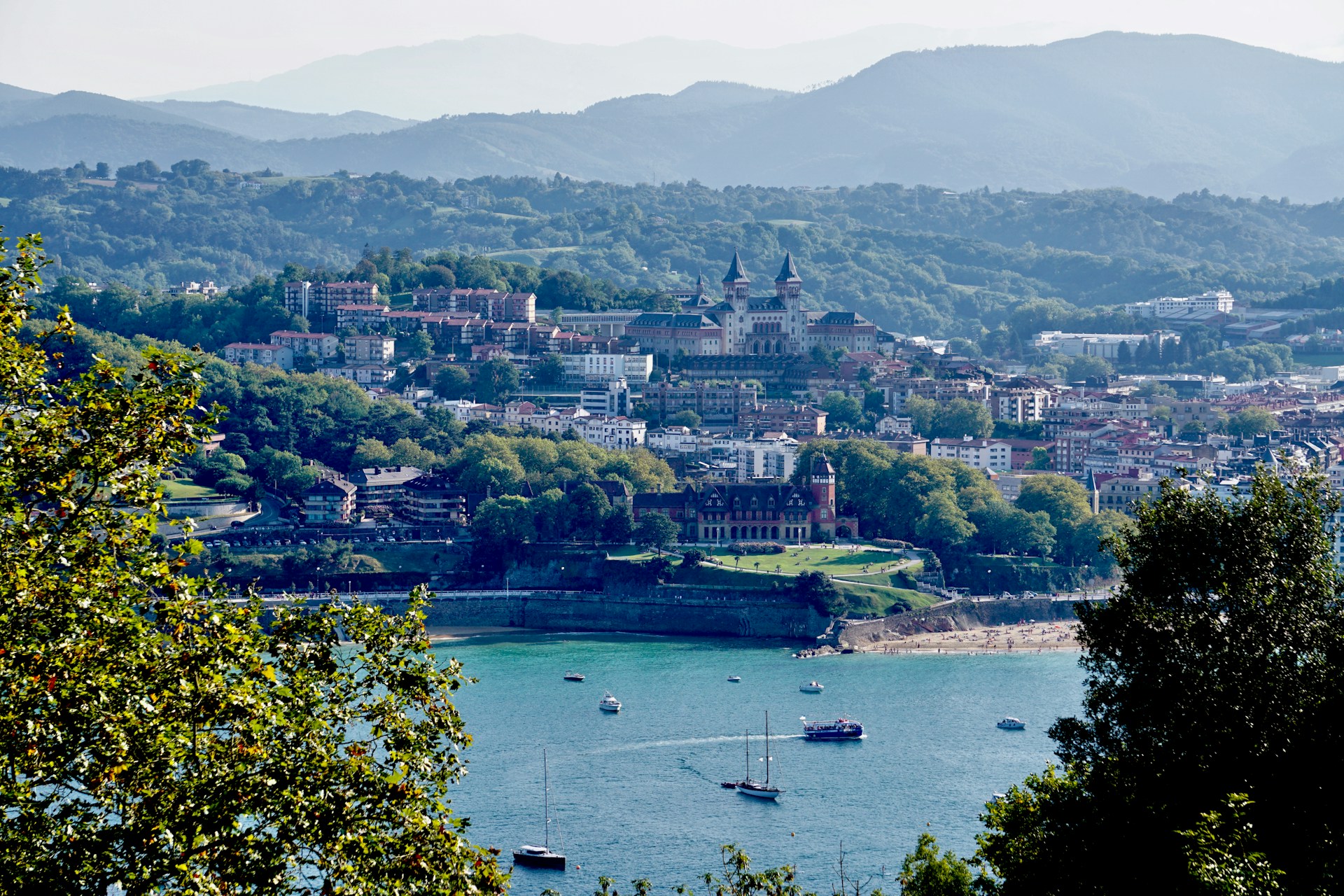
Exploring the Historical Old Town
San Sebastián’s old town is a maze of Canarian architecture, with the mighty Torre del Conde looming as a reminder of Spain’s medieval muscle. Local museums display pre-Columbian artifacts, tying this tiny capital to the bigger story of the New World.
Architectural Highlights and Canarian Style
As I wandered the old town, traditional Canarian houses caught my eye. These low buildings, painted in soft pastels, line narrow streets that wrap you in their charm.
The Iglesia de la Virgen de la Asunción stands out among the landmarks. Its blend of Gothic, Mudéjar, and other styles is pretty unique.
Columbus and his crew are said to have prayed here before their big leap into the Atlantic. The church captures the spirit of preparation that marked those days.
The old town wraps around a horseshoe-shaped bay. Buildings climb up the hillside, stacking layers of history you can explore on foot.
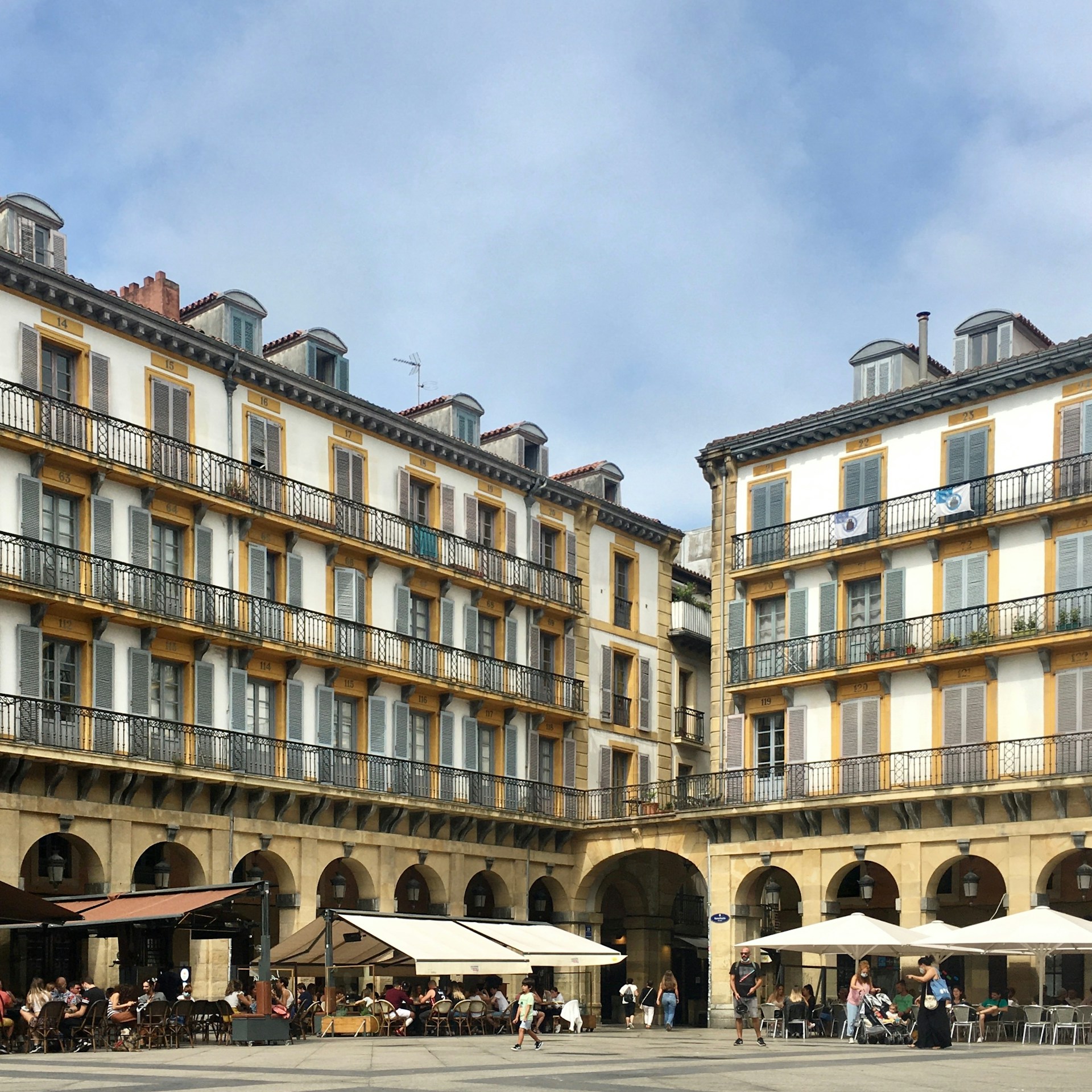
Torre del Conde: The Ancient Stronghold
The Torre del Conde is the old town’s crown jewel. Built as a Spanish fortress in the 15th century, it’s been kept in great shape.
I wandered through the thick stone walls, imagining the days when this tower guarded the port. Its strategic spot overlooking the bay made it vital for defense.
The tower was already here when Columbus came to La Gomera. It watched over the harbor as history unfolded.
Visitors get a firsthand look at medieval Spanish military design. The fortress shows how Spain secured its grip on the Canaries.
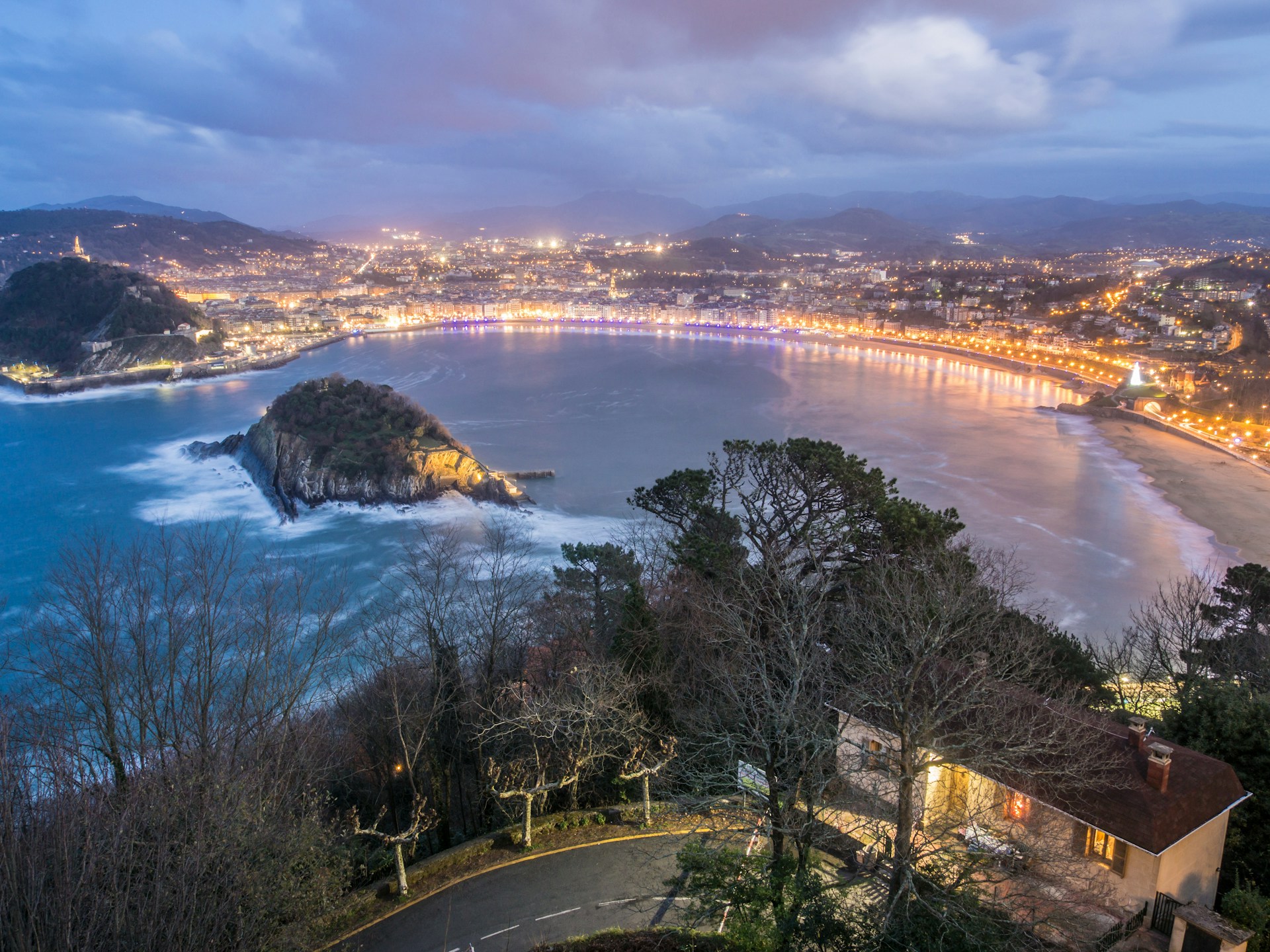
Museums and Pre-Columbian Art
Casa Colón houses a striking collection of pre-Columbian art from Peru. This museum links San Sebastián’s role in Columbus’s journey to the cultures he would meet in the Americas.
Casa de la Aguada features a permanent exhibit on the discovery of America. The displays highlight how this little town played a crucial role in global history.
I spent a while examining artifacts that tell the story of both the journey and everything that came after. These museums give San Sebastián a depth you don’t expect from a small port.
The Chapel of San Sebastián honors the town’s patron saint. It adds another layer to the spiritual and cultural mix that shaped the community during Columbus’s era.
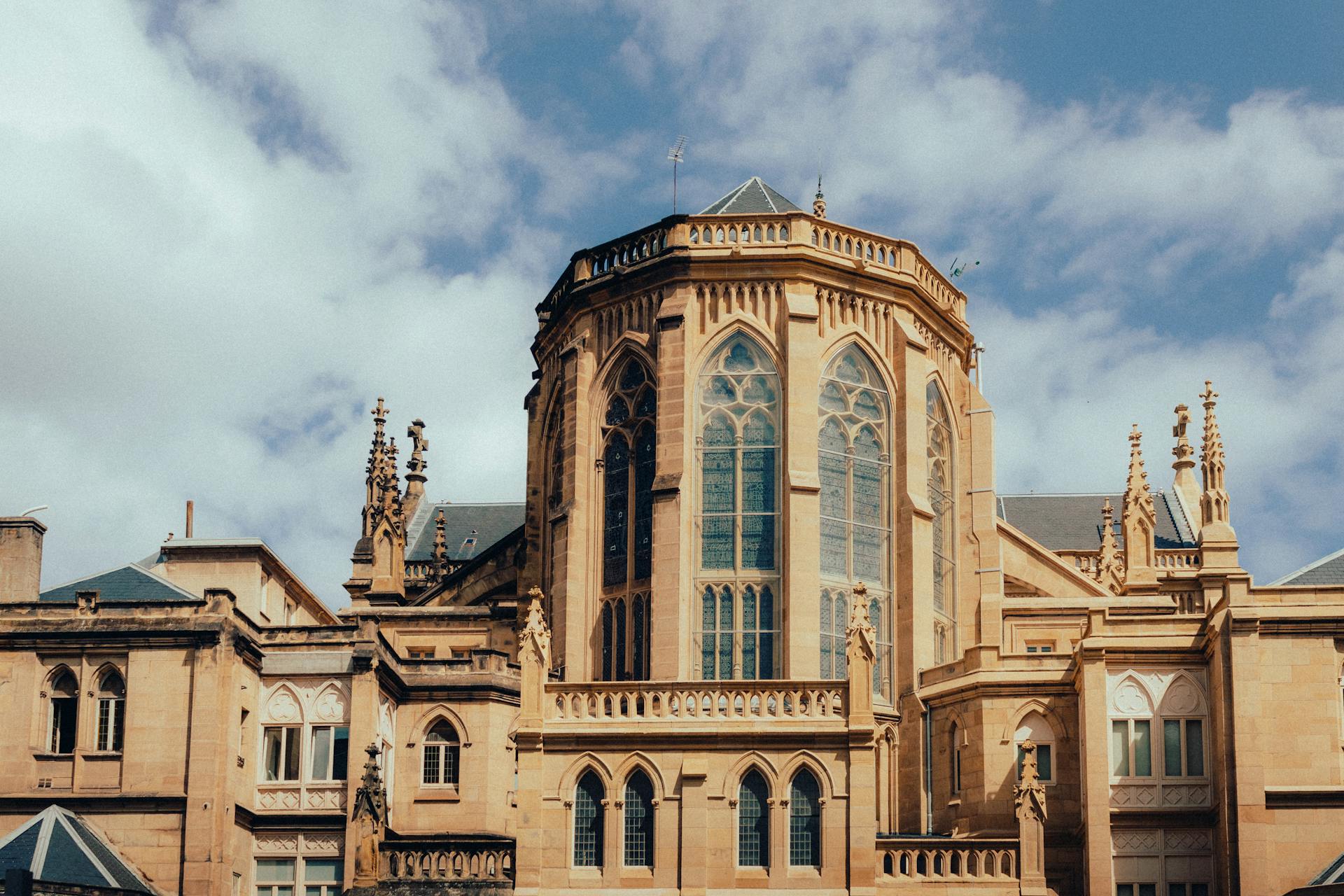
Culture, Gastronomy, and Local Experiences
San Sebastián de La Gomera is a feast for the senses, serving up authentic Canarian flavors and lively traditions. The capital hosts traditional festivals year-round, and local artisans keep time-honored crafts alive in family shops.
Signature Dishes and Local Produce
La Gomera’s food scene blends classic Canarian ingredients with the island’s own twists. The local honey, made by native bees, is honestly some of the best I’ve tasted.
Almogrote quickly became my go-to snack. This spicy cheese spread mixes aged cheese with garlic, tomatoes, and peppers. Locals love it with gofio, a roasted grain flour that pops up in all sorts of dishes.
Fresh fish is everywhere in San Sebastián de La Gomera. Boats bring in parrotfish, grouper, and sea bream daily, and the grilled fish is simple but bursting with flavor.
The way locals make potatoes with mojo sauce stands out, too. The red mojo picón uses island-grown peppers, while the green mojo verde gets its kick from cilantro and garlic.
Palm honey—miel de palma—comes from the island’s date palms. You’ll find it drizzled over desserts and cheese. I watched workers harvest it using old-school methods, and honestly, it’s a sweet tradition worth tasting.
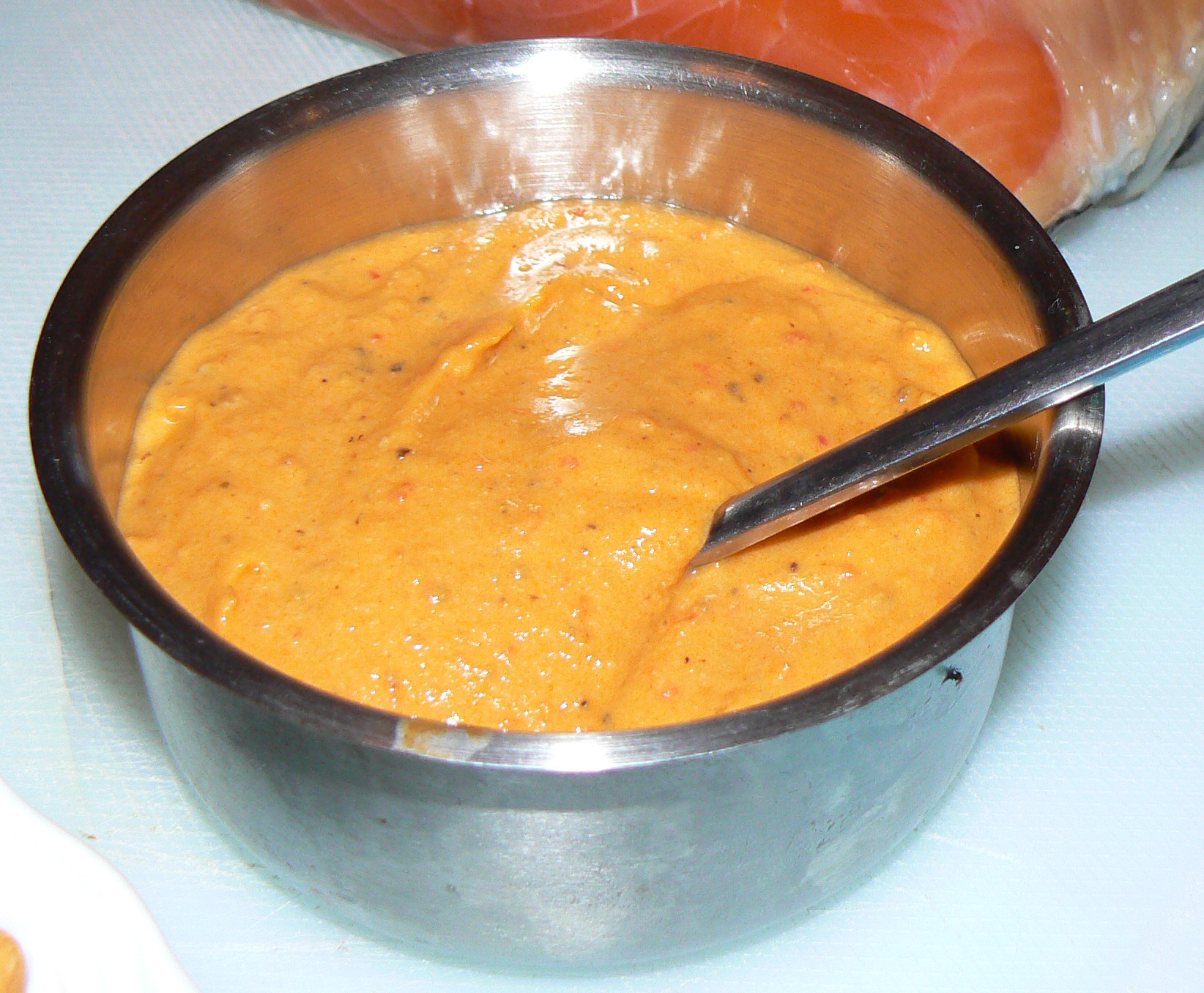
Festivals and Celebrations
Every five years, on the first Monday of October, the Fiestas Lustrales honoring the Virgen de Guadalupe bursts onto the scene. This celebration draws people from all over the Canary Islands—the energy is contagious.
On January 20th, the town comes alive for Saint Sebastian’s feast. Locals carry his statue through the narrow streets, and I loved hearing traditional music and seeing everyone dancing in the old quarter.
September 6th? That’s when the town marks Columbus’s departure from the port. The week is full of historical reenactments and maritime displays. Local groups put on lively Canarian folk dances that pull you right into the island’s spirit.
During these festivals, you might hear the island’s famous Silbo Gomero—the whistling language. UNESCO recognized it as a cultural treasure. I caught a demonstration in the town square and honestly, it’s unlike anything else.
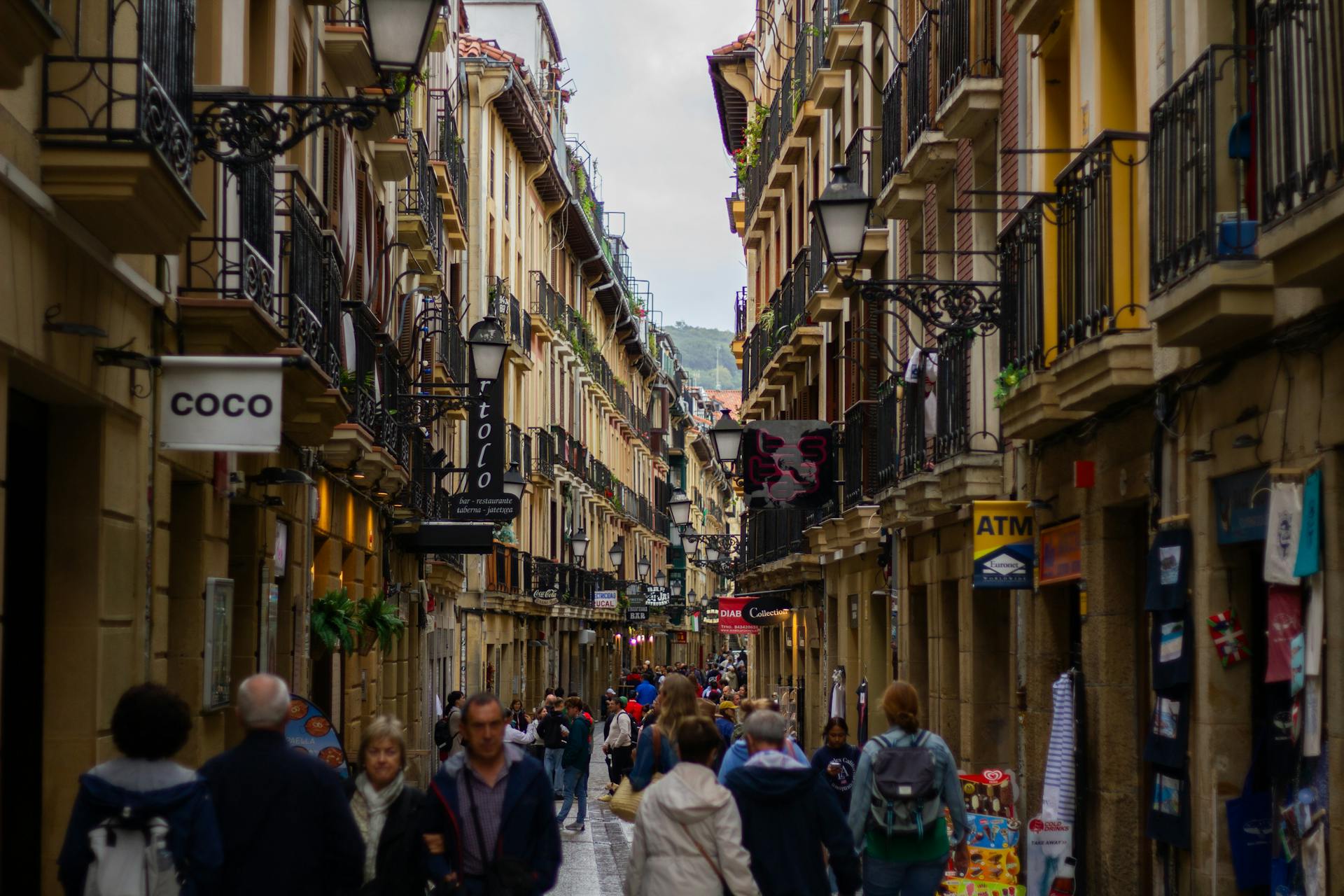
Shops, Markets, and Local Crafts
Wander through the old town and you’ll spot traditional pottery workshops. Artisans shape the distinctive red clay by hand, skipping the pottery wheel entirely. They follow techniques passed down for generations, which is pretty impressive.
Handwoven baskets made from palm fronds fill the shelves in local shops. Women on the island keep this craft alive, creating sturdy, beautiful pieces for daily life. The designs tell stories of the island’s heritage.
The weekly market is a treat for the senses. Stalls overflow with fresh cheese, honey, and seasonal fruits. If you try the small bananas grown here, you’ll notice they’re sweeter than any imported ones.
Wooden crafts catch the eye too—walking sticks, kitchen utensils, all carved from laurel wood found right on the island. These make the kind of souvenirs you’ll actually use, and they carry a bit of La Gomera’s soul with them.
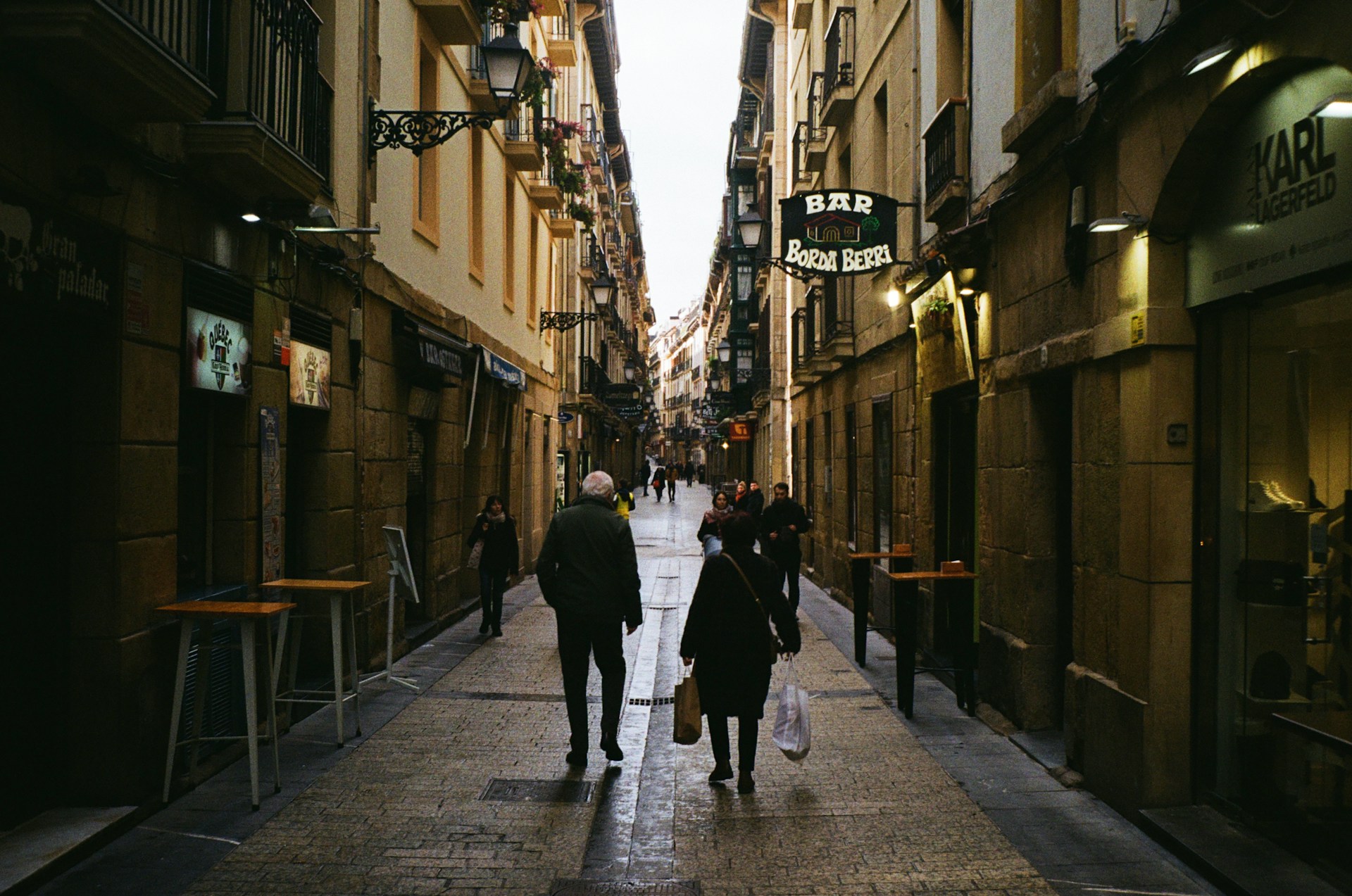
Exploring Beyond the Capital: Nature and Day Trips
Just past San Sebastián’s historic streets, La Gomera’s wild side waits. Ancient laurel forests, dramatic cliffs, and quiet beaches are all within easy reach for a day trip.
Natural Wonders of La Gomera
Garajonay National Park really steals the show here. Nearly 10% of the island falls under its protection, and it’s a UNESCO World Heritage site for good reason.
Walking through the ancient laurel forest, I felt like I’d stepped into another world. Mist curls through trees that have survived since the last ice age. The park sits in the center of the island, about a 45-minute drive from San Sebastián.
On the western coast, Valle Gran Rey opens up with jaw-dropping scenery. Deep valleys slice through volcanic rock, giving you those classic postcard views. It takes about an hour to get there from the capital, but the journey is half the fun.
Then there’s Los Órganos—massive volcanic rock columns shooting straight out of the ocean. The only way to see them is by boat from the northern coast, and trust me, it’s worth the trip.
If you love hiking, the island’s trails are a dream. Well-marked paths wind through everything from gentle coastlines to rugged mountains. Most trailheads are within a half-hour of San Sebastián.
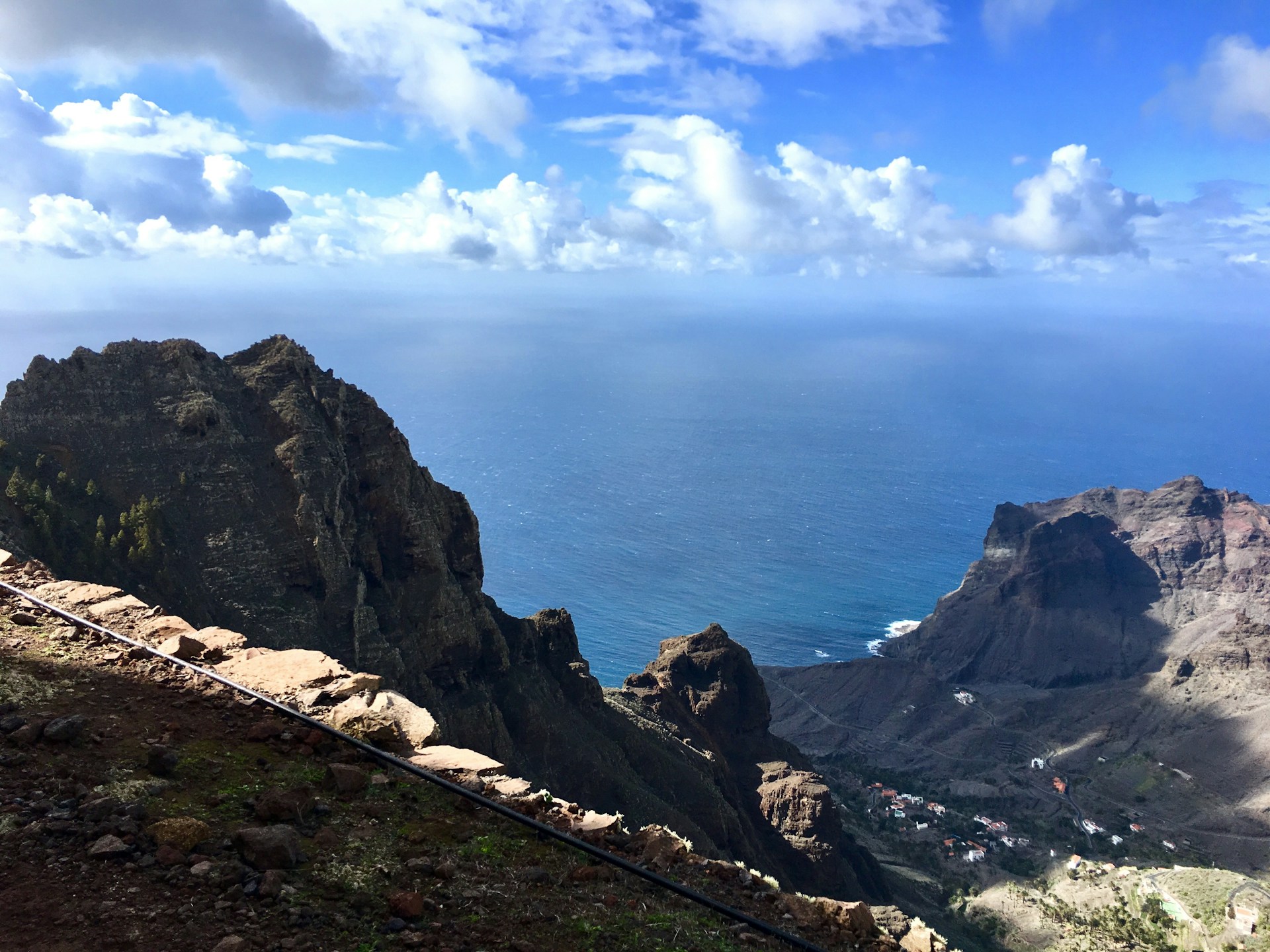
Beaches and Coastal Promenades
Playa de Valle Gran Rey quickly became my favorite spot. The long stretch of dark volcanic sand sits tucked in a sheltered valley, and the water’s usually calm—ideal for swimming.
If you’re after a livelier scene, Playa de Santiago has you covered. Hotels and restaurants line the beach, making it a good base for a day out. You can get there from San Sebastián in about 40 minutes by car or bus.
Looking for peace and quiet? Hermigua’s coastal area is dotted with small pebble beaches. The drive from the capital winds through the mountains and takes around 30 minutes, but the views along the way make it memorable.
Evenings along the coastal promenades are a highlight. I’d watch fishing boats glide back with the day’s catch, then wander straight into a local restaurant for fresh seafood. There’s something special about that connection between sea and table.
All across La Gomera, the black sand beaches remind you of the island’s volcanic roots. The contrast with the bright Atlantic is striking, and honestly, it never gets old.

Travel and Transport Options Around the Island
Bus services link San Sebastián with the main towns all over La Gomera. You’ll find Line 1 heading out to Valle Gran Rey several times a day. Line 7 takes you to the airport and those quieter southern communities.
Car rental is honestly the best bet if you want total freedom. The roads are in good shape, though you’ll definitely wind up some steep, twisty mountain routes—don’t say I didn’t warn you. If you’re coming in the busy season, it’s smart to book your car early.
Ferry connections make hopping between the Canary Islands surprisingly easy. The most frequent sailings run from Tenerife’s Los Cristianos port to San Sebastián, and the trip usually clocks in at about 50 minutes. It’s a breeze and, honestly, the ocean views aren’t half bad.
Taxi services run from San Sebastián to all the popular spots. A ride to Valle Gran Rey or Playa de Santiago will set you back around 40-50 euros. Most drivers understand basic English and seem to know exactly where every tourist wants to go.
Walking and hiking are just part of island life here. Coastal paths link up the beaches and villages, and, with La Gomera being so compact, day hikes from the capital feel totally doable. If you love a good ramble, this place will spoil you.

